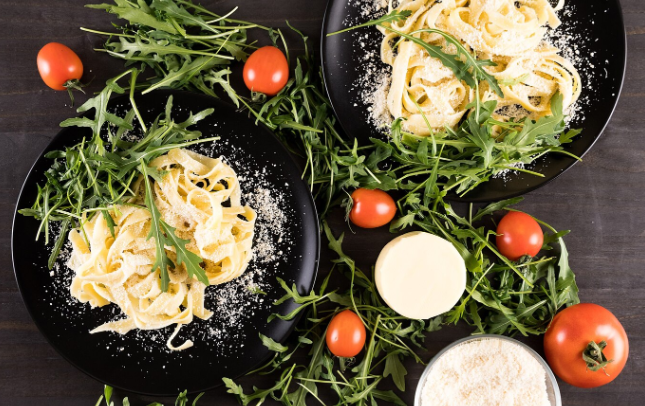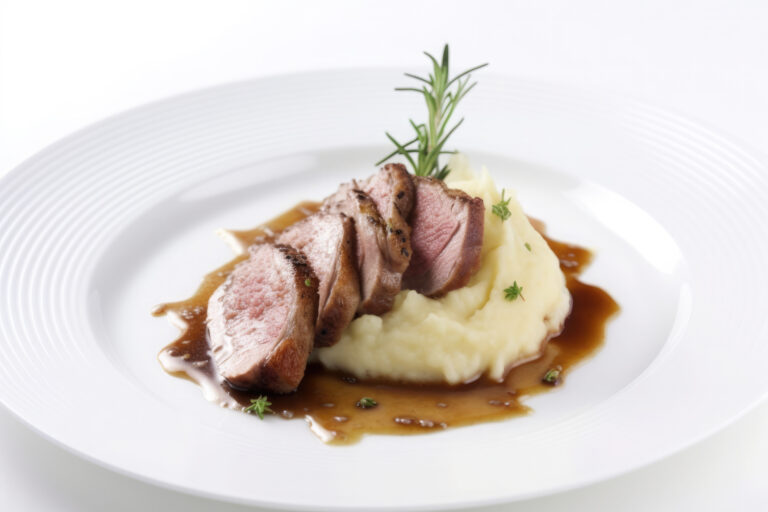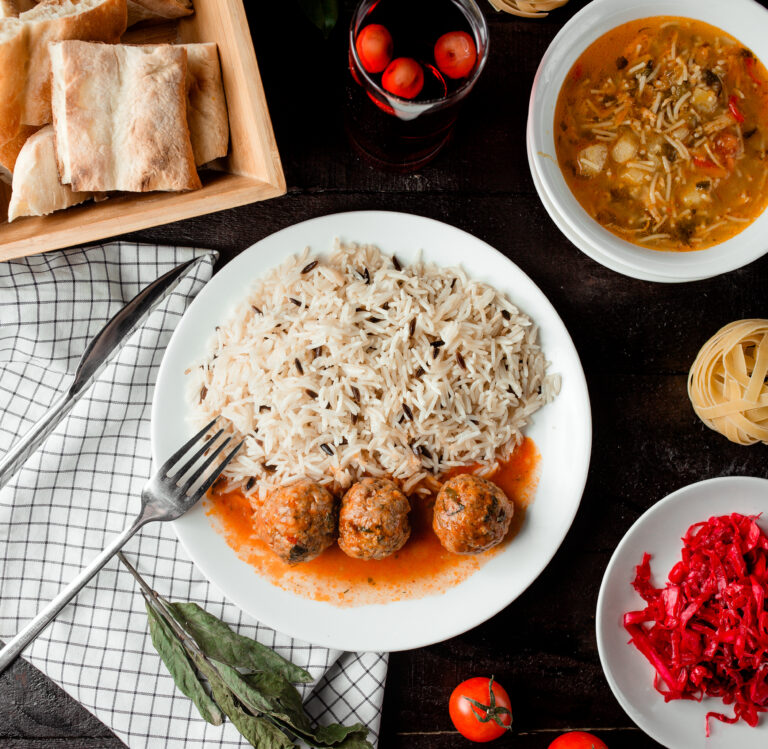The Ultimate Guide to Mastering an Authentic Cacio e Pepe Recipe
Picture yourself wandering through Rome’s narrow cobblestone streets as the golden evening light dances across ancient buildings. You step into a family-run trattoria where the aroma of freshly cracked black pepper mingles with aged Pecorino Romano cheese. The waiter places a steaming bowl before you, and with your first forkful, you experience pure magic—silky strands of pasta coated in creamy, peppery perfection. This moment captures the essence of an authentic cacio e pepe recipe, a dish that transforms just three simple ingredients into culinary poetry.
Table of Contents
What Makes an Authentic Cacio e Pepe Recipe So Special?
The Sacred Trinity of Ingredients
Your authentic cacio e pepe recipe relies on just three components: pasta, Pecorino Romano cheese, and freshly cracked black pepper. This simplicity might seem deceptive, but each element plays a crucial role in creating the dish’s signature silky texture and bold flavor profile.
Unlike other pasta dishes that mask flavors with heavy sauces, this Roman masterpiece celebrates the purity of its ingredients. The sharp, salty bite of aged Pecorino Romano provides depth, while the aromatic black pepper adds warmth and complexity. Together with perfectly cooked pasta, these elements create an emulsion that coats each strand like liquid velvet.
The Science Behind the Silky Sauce
The magic happens through emulsification—a process where the starchy pasta cooking water binds with the grated cheese to form a smooth, creamy sauce without using cream or butter. This technique requires precise timing and temperature control, making your authentic cacio e pepe recipe both an art and a science.
Essential Ingredients for Your Authentic Cacio e Pepe Recipe
Choosing the Perfect Pasta
| Pasta Type | Best Choice Rating | Why It Works |
|---|---|---|
| Spaghetti | ★★★★★ | Traditional choice with ideal surface area |
| Tonnarelli | ★★★★★ | Square-cut pasta that grips sauce beautifully |
| Linguine | ★★★★☆ | Acceptable alternative with good sauce retention |
Your pasta selection significantly impacts the final result. Traditional spaghetti or tonnarelli work best because their shape and texture allow the cheese-pepper mixture to cling perfectly to every strand.
Pecorino Romano: The Heart of Excellence
Authentic Pecorino Romano DOP (Protected Designation of Origin) makes all the difference in your recipe. This sheep’s milk cheese, aged between eight to twelve months, delivers the sharp, salty flavor that defines genuine cacio e pepe. Always grate your cheese fresh—pre-grated varieties lack the oils and moisture needed for proper emulsification.
Black Pepper: Your Flavor Foundation
Whole black peppercorns, freshly cracked just before cooking, provide the aromatic punch that elevates your dish. Toast the peppercorns lightly in a dry pan to release their essential oils, then crush them coarsely to achieve the perfect texture and intensity.
Step-by-Step Authentic Cacio e Pepe Recipe
Ingredient Measurements
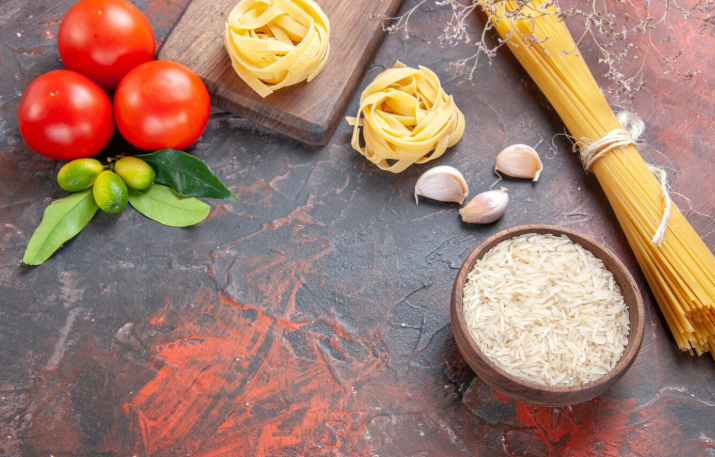
| Ingredient | Amount (Serves 4) | Essential Notes |
|---|---|---|
| Spaghetti | 400g (14 oz) | High-quality durum wheat |
| Pecorino Romano DOP | 200g (7 oz) | Freshly grated, aged 8-12 months |
| Black Peppercorns | 2-3 teaspoons | Freshly cracked, coarse grind |
| Pasta Water | 1-2 cups | Reserved from cooking |
The Traditional Roman Method
Preparation Phase (5 minutes):
- Toast whole peppercorns in a large skillet over medium heat for 30 seconds
- Crush peppercorns coarsely using a mortar and pestle
- Grate Pecorino Romano cheese using the finest holes of your grater
- Bring a large pot of salted water to rolling boil
Cooking Phase (8-10 minutes):
- Add pasta to boiling water and cook until one minute before al dente
- Reserve two cups of starchy pasta water before draining
- Create a pepper paste by mixing crushed pepper with 3-4 tablespoons pasta water in your skillet
Assembly Phase (2-3 minutes):
- Add hot, slightly undercooked pasta directly to the pepper mixture
- Toss vigorously while gradually adding grated cheese
- Slowly incorporate reserved pasta water until you achieve creamy consistency
- Adjust texture with additional pasta water as needed
Pro Tips for Perfect Results
Temperature Control Secrets
The key to your authentic cacio e pepe recipe success lies in temperature management. Your pasta water should be hot but not boiling when you create the emulsion—around 140°F (60°C) works perfectly. Too hot, and your cheese will clump; too cool, and the sauce won’t form properly.
Tossing Techniques That Work
Master the art of vigorous tossing to create the signature creamy texture. Use tongs or a large fork to lift and turn the pasta continuously, allowing the cheese to melt gradually and evenly coat each strand.
Common Mistakes That Ruin Your Recipe
The Top 3 Failures to Avoid
Using Wrong Cheese: Parmesan or other hard cheeses simply cannot replicate Pecorino Romano’s unique flavor and melting properties. This substitution transforms your dish into something entirely different.
Incorrect Water Temperature: Adding cheese to water that’s too hot creates clumpy, grainy texture instead of smooth creaminess. Allow your pasta water to cool slightly before beginning the emulsification process.
Poor Timing Coordination: Cacio e pepe demands swift execution. Have all ingredients prepared and ready before you begin cooking, as the assembly phase happens quickly.
Serving Your Masterpiece
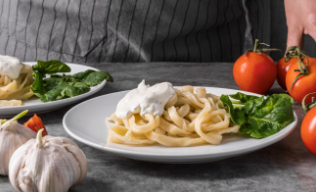
Present your authentic cacio e pepe recipe immediately while the pasta remains hot and the sauce maintains its silky consistency. Serve in warmed bowls to preserve temperature, and resist the temptation to add garnishes—this dish’s beauty lies in its elegant simplicity.
Traditional portion sizes tend to be generous, as Romans appreciate hearty servings of their beloved pasta. Each plate should showcase the glossy, peppery coating that makes this dish legendary.
Health Benefits and Nutritional Value
Your authentic cacio e pepe recipe provides excellent protein from the Pecorino Romano cheese, while the black pepper offers antioxidants and digestive benefits. Though rich in calories, this dish delivers satisfying nutrition when enjoyed in appropriate portions.
The absence of cream or butter makes this recipe lighter than many cream-based pasta dishes, while still providing the indulgent experience you crave.
Mastering the Art Takes Practice
Creating the perfect authentic cacio e pepe recipe requires patience and repetition. Don’t feel discouraged if your first attempts don’t achieve restaurant-quality results—even experienced Italian cooks sometimes struggle with the emulsification process.
Each time you prepare this dish, you’ll develop better instincts for temperature control, timing, and technique. Keep practicing, and soon you’ll create the silky, restaurant-worthy cacio e pepe that brings Rome’s magic to your kitchen.
Ready to transform your dinner tonight? Gather these simple ingredients and embark on your cacio e pepe journey. Share your results and tag us in your photos—we love seeing home cooks master this timeless Roman classic. Your taste buds will thank you for this authentic Italian experience that proves the most extraordinary dishes often come from the simplest ingredients.

